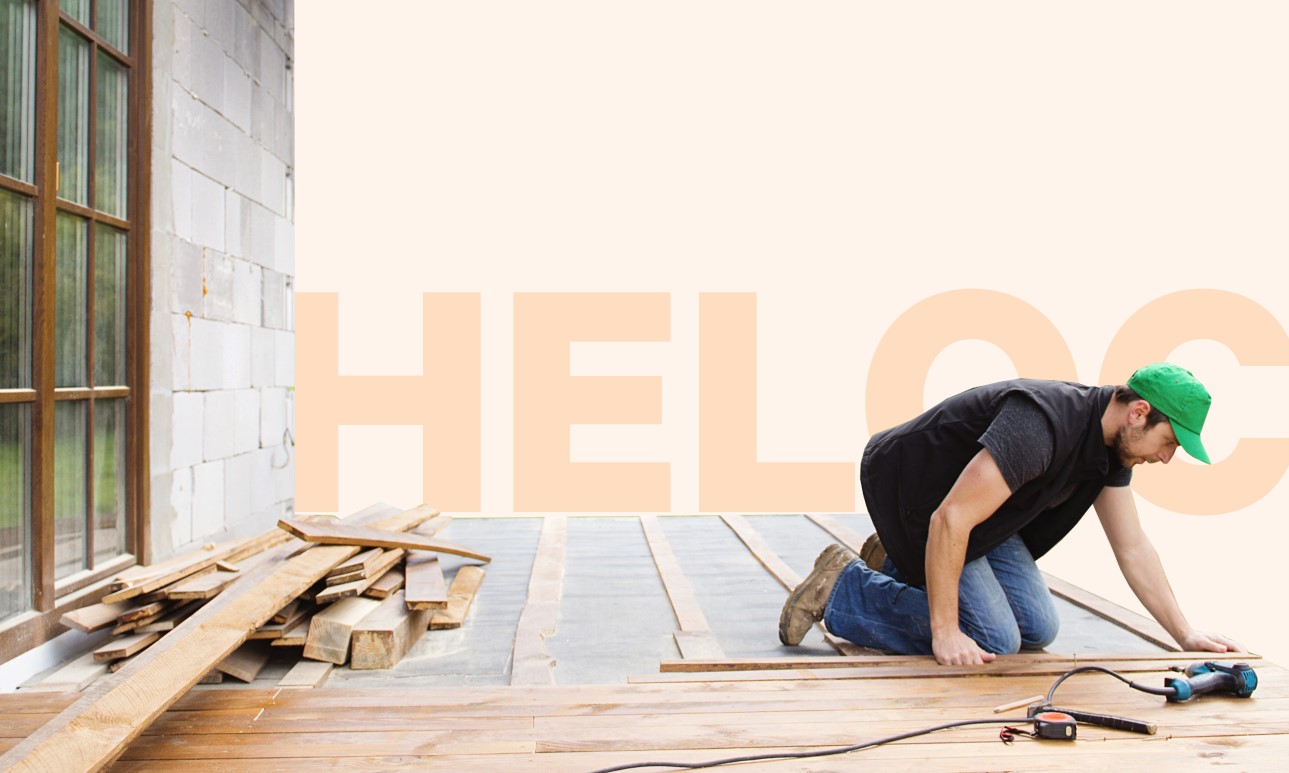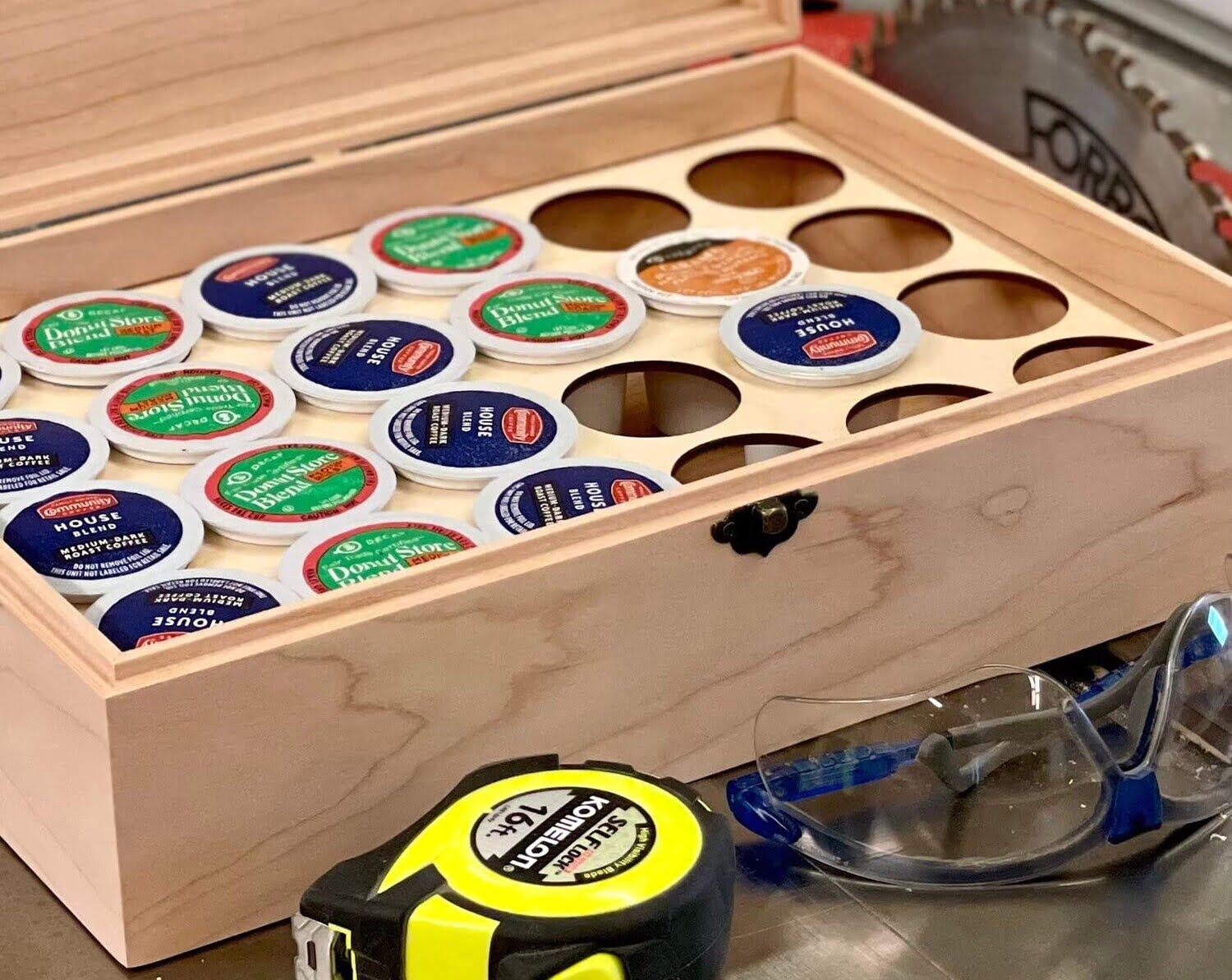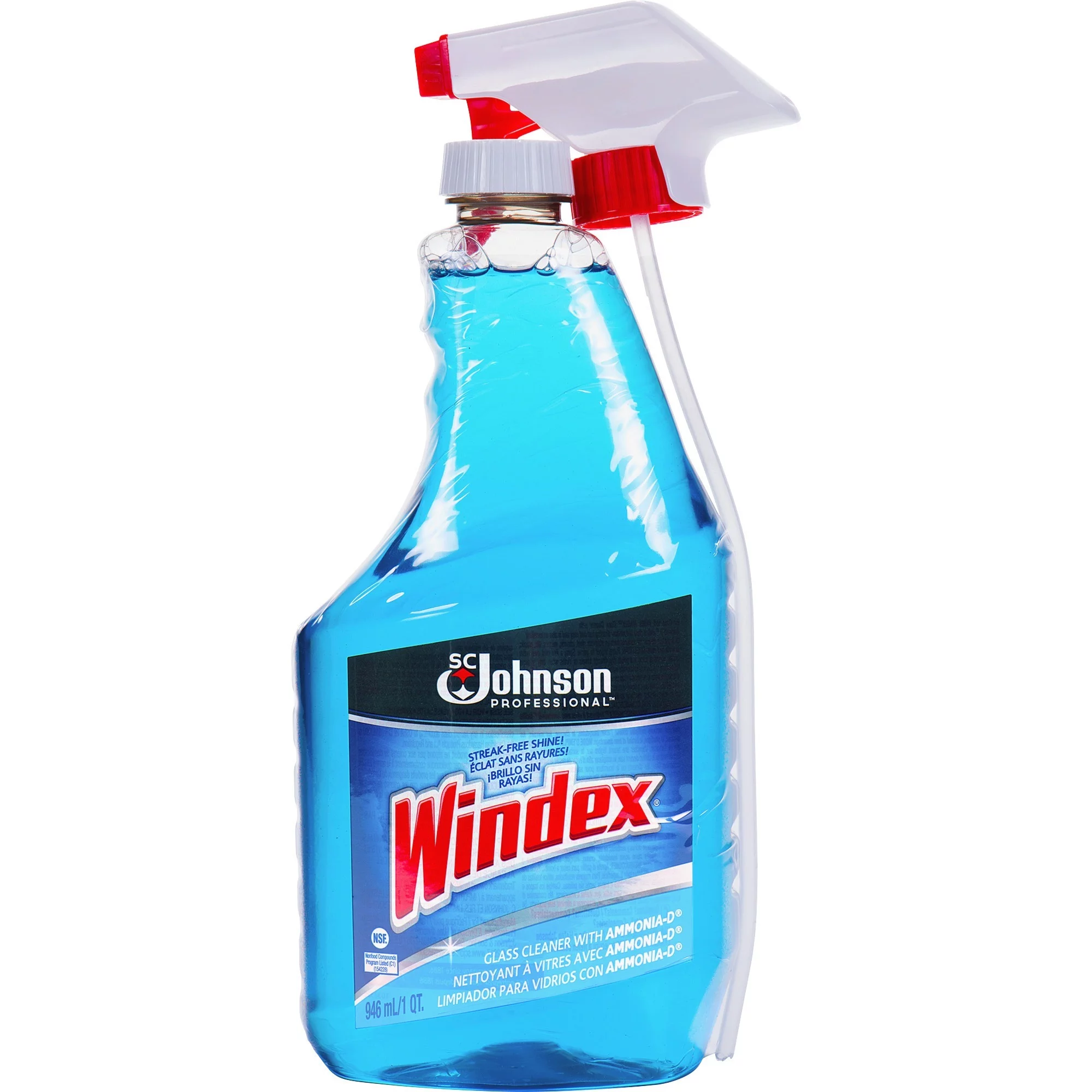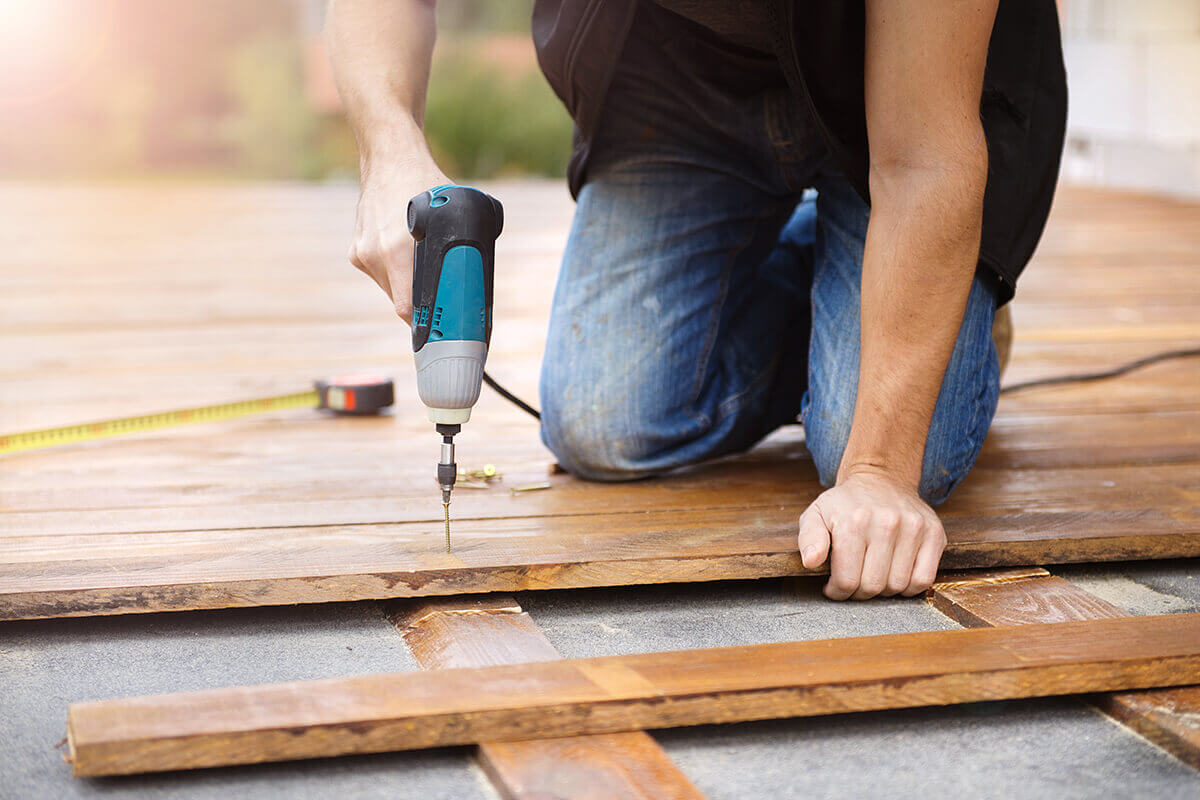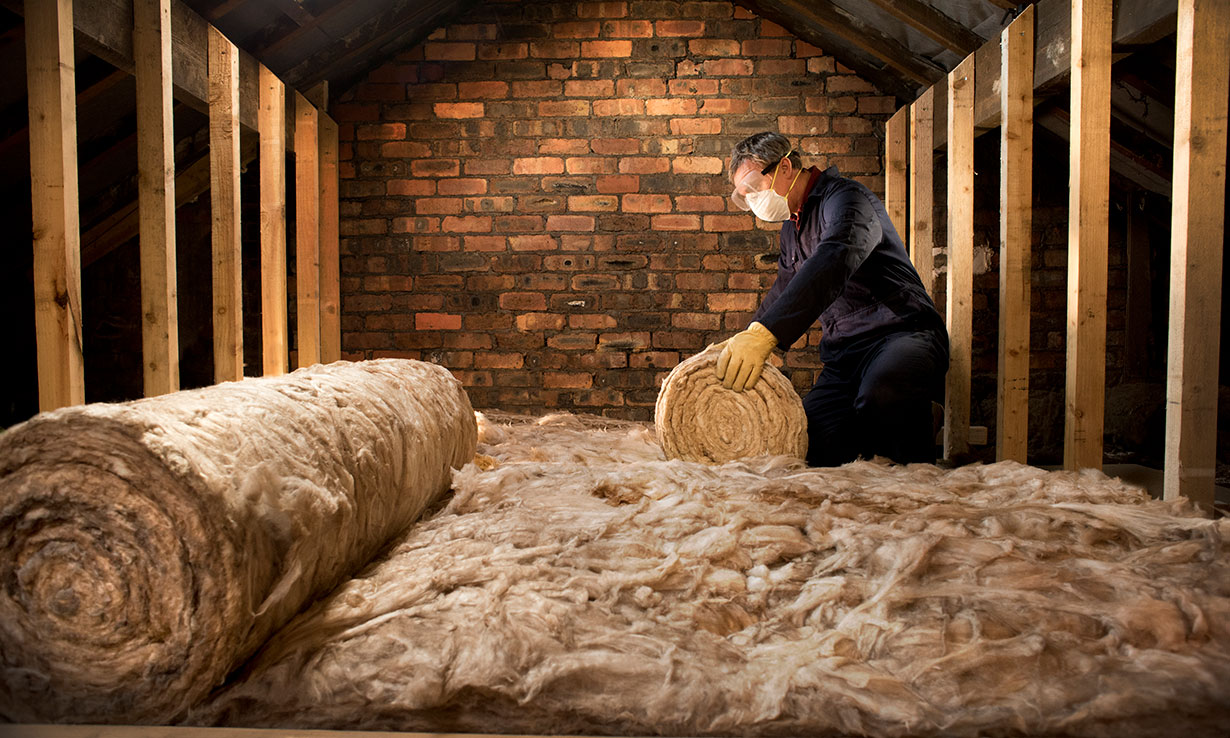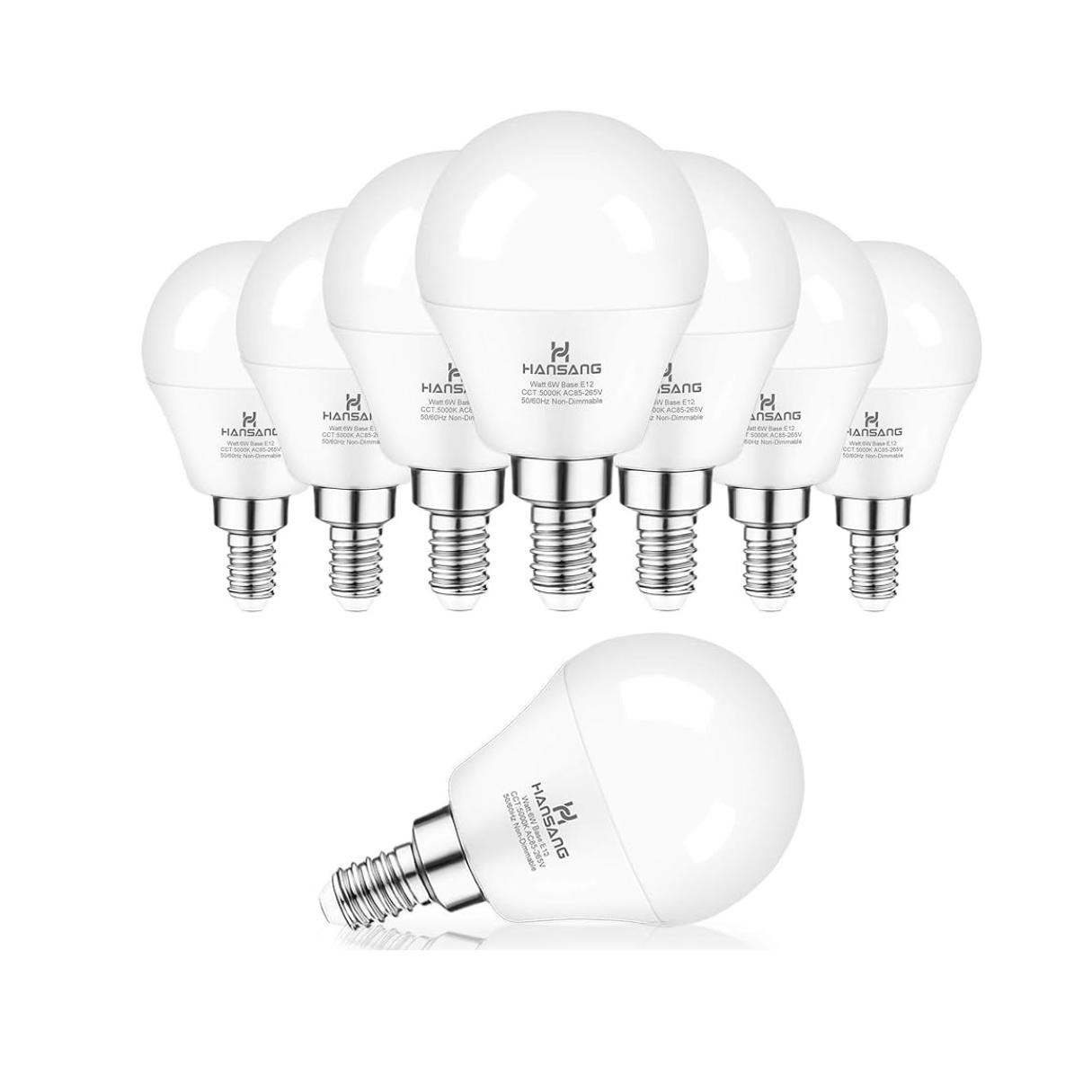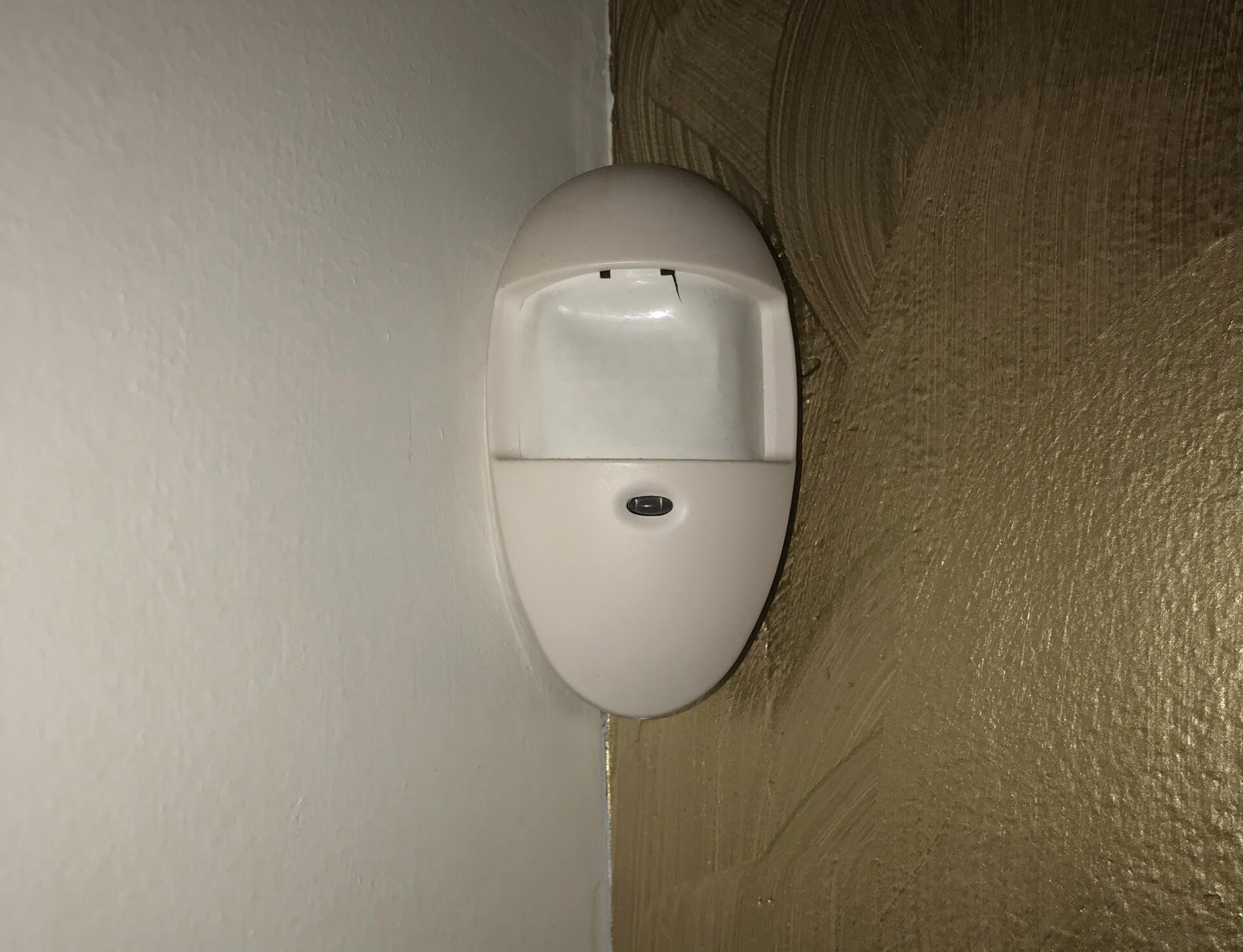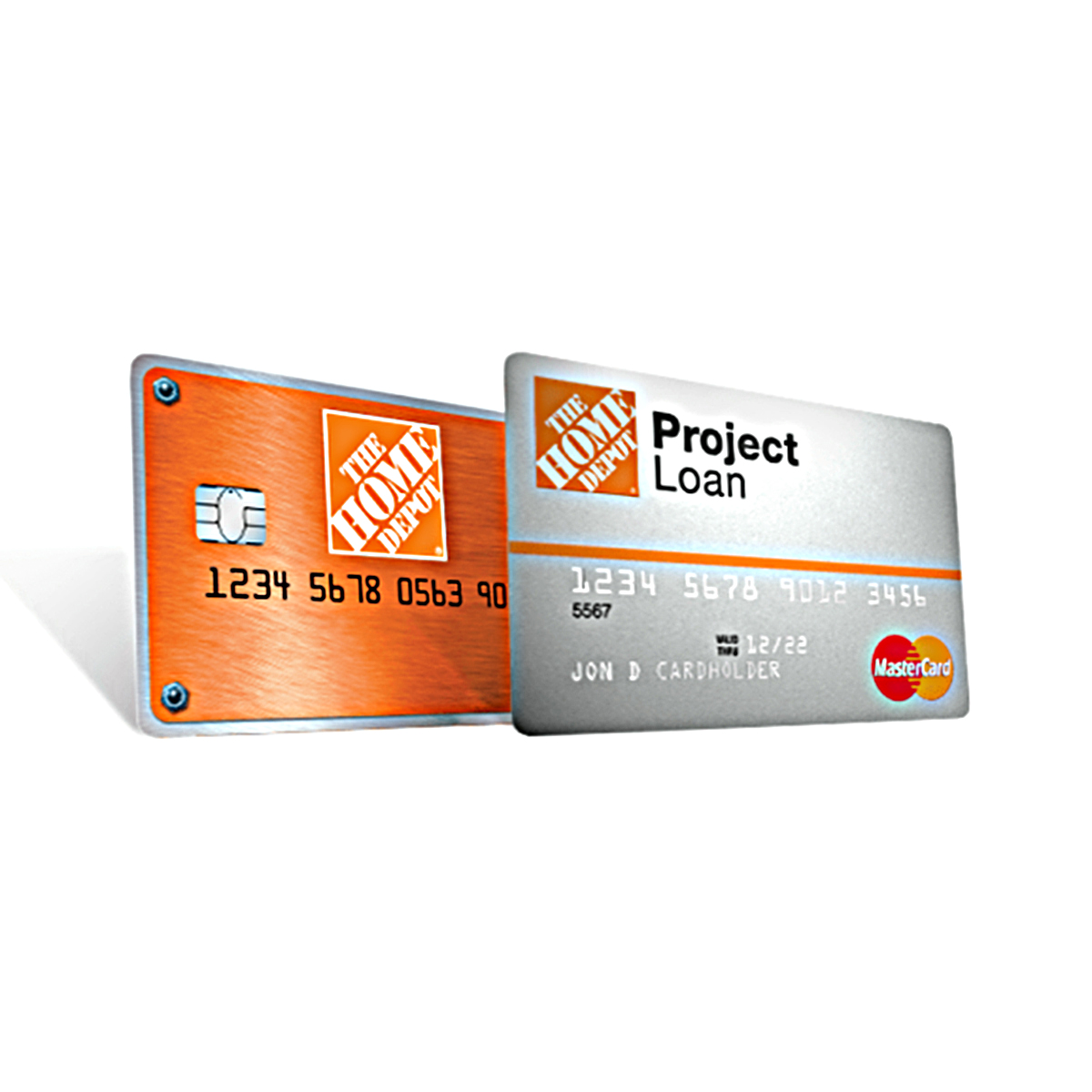Home>Home Maintenance>What Qualifies As A 401K Hardship For Home Repair


Home Maintenance
What Qualifies As A 401K Hardship For Home Repair
Modified: March 6, 2024
Learn about what qualifies as a 401K hardship for home repair and how to use your funds for essential home maintenance.
(Many of the links in this article redirect to a specific reviewed product. Your purchase of these products through affiliate links helps to generate commission for Storables.com, at no extra cost. Learn more)
Introduction
Welcome to our comprehensive guide on what qualifies as a 401(k) hardship for home repair. Maintaining a home requires ongoing maintenance and occasional repairs, which can sometimes come with unexpected costs. If you find yourself facing a significant home repair expense and are considering tapping into your retirement savings to cover it, you may be wondering if you qualify for a 401(k) hardship withdrawal.
In this article, we will delve into the details of 401(k) hardship withdrawals, their purpose, and the qualifications for using these funds specifically for home repair. We will also explore the documentation required to prove financial hardship for home repairs, the application process for a hardship withdrawal, and the alternative options available to consider before tapping into your retirement savings. So, let’s dive in and explore what you need to know about 401(k) hardship withdrawals for home repair.
Key Takeaways:
- Tapping into your 401(k) for home repairs should be a last resort. Explore alternative options like emergency funds, insurance, or loans to preserve your retirement savings.
- To qualify for a 401(k) hardship withdrawal for home repair, you must prove immediate need, lack of alternative resources, and provide documentation of repair costs.
Understanding 401(k) Hardship Withdrawals
Before we delve into the specific qualifications for using 401(k) hardship withdrawals for home repair, let’s first understand what these withdrawals are. A 401(k) hardship withdrawal is a provision that allows plan participants to withdraw funds from their retirement savings account for certain immediate and significant financial needs.
Unlike regular withdrawals, which are subject to taxes and penalties if taken before the age of 59 ½, hardship withdrawals provide a way for individuals to access their retirement savings in times of financial hardship without incurring the same tax penalties.
It is important to note that 401(k) hardship withdrawals should be considered as a last resort, as they can have long-term impact on your retirement savings. With that being said, let’s take a closer look at the purpose of these withdrawals and when they may be appropriate to consider.
The Purpose of 401(k) Hardship Withdrawals
The main purpose of 401(k) hardship withdrawals is to provide individuals with access to their retirement savings in times of significant and immediate financial need. These withdrawals are intended to be used as a last resort when all other options to meet financial obligations have been exhausted.
Financial hardships can come in various forms, such as unexpected medical expenses, job loss, disability, or natural disasters. These situations often require immediate access to funds to cover necessary expenses, and the provision of 401(k) hardship withdrawals can help individuals navigate through these challenging times.
While it can be tempting to use retirement savings for non-essential expenses, like funding a vacation or purchasing a luxury item, it’s important to remember that the purpose of hardship withdrawals is to address critical financial needs. Withdrawing funds from your 401(k) for non-essential expenses can jeopardize your long-term financial security during retirement.
By allowing individuals to access their retirement savings for hardships, the aim is to provide some relief and stability during challenging times. However, it’s crucial to carefully consider the implications of taking a hardship withdrawal and explore alternative options, such as loans or assistance programs, before making that decision.
Now that we have a clear understanding of the purpose of 401(k) hardship withdrawals, let’s explore the eligibility criteria for these withdrawals and how they apply specifically to home repairs.
Eligibility for a 401(k) Hardship Withdrawal
To qualify for a 401(k) hardship withdrawal, you must meet certain eligibility criteria established by the Internal Revenue Service (IRS). These criteria ensure that the funds are being used for legitimate financial hardships and not for discretionary expenses.
Here are some of the general requirements for qualifying for a 401(k) hardship withdrawal:
- Immediate and Heavy Financial Need: You must demonstrate that you have an immediate and heavy financial need that cannot be met through other resources. The IRS defines immediate needs as expenses that you must pay within the next 12 months.
- No Alternative Resources: You must show that you have no other financial resources available to meet the immediate need. This means exhausting all other sources, such as savings accounts, emergency funds, and even insurance coverage.
- Suspension of Contributions: In most cases, you will be required to suspend your contributions to the 401(k) plan for a specified period after taking a hardship withdrawal. The purpose of this requirement is to ensure that you are not using the withdrawal as a way to fund unnecessary expenses while still contributing to your retirement savings.
- Amount of Withdrawal: The amount of the hardship withdrawal must be necessary to meet the financial need, but it cannot exceed the amount needed. You are not allowed to withdraw more than what is required to cover the immediate expense.
It’s important to note that each employer may have their own specific guidelines and requirements for hardship withdrawals. Therefore, it’s essential to consult your employer’s 401(k) plan documents or speak with your plan administrator to determine the exact eligibility criteria for your specific plan.
Now that we understand the general eligibility requirements for a 401(k) hardship withdrawal, let’s explore the common qualifications for using these withdrawals specifically for home repair purposes.
Common Qualifications for a 401(k) Hardship Withdrawal for Home Repair
If you’re considering a 401(k) hardship withdrawal specifically for home repair, there are certain qualifications you need to meet to ensure that your withdrawal request is legitimate and in line with the IRS guidelines. These qualifications may vary slightly depending on your employer’s 401(k) plan, so it’s important to review your plan’s documentation or consult with your plan administrator for specific details.
Here are some common qualifications for a 401(k) hardship withdrawal for home repair:
- Primary Residence: The home repair must be for your primary residence, meaning the house you live in as your main residence. The IRS typically does not permit hardship withdrawals for secondary or vacation homes.
- Immediate Repair Needs: The repairs must be necessary and immediate. This means that the repair must be essential for the safety or overall habitability of the home and cannot be deferred or delayed without significantly affecting your well-being or the value of the property.
- Documentation of Repair Costs: You will be required to provide documentation of the repair costs, such as estimates or invoices, to demonstrate the financial need for the withdrawal. These documents should clearly outline the nature of the repair, the anticipated costs, and any other relevant information.
- Insufficient Other Funding Options: You must demonstrate that you have no other viable means of funding the repair, such as available savings, insurance coverage, or other financial resources. This is to ensure that the withdrawal is truly necessary and that you have explored all alternative options.
It’s important to note that the IRS does not provide an exhaustive list of qualified home repairs for hardship withdrawals. Generally, repairs related to the structural integrity, essential systems (e.g., plumbing, electrical, heating, or cooling), or safety of the home can qualify. However, cosmetic or non-essential repairs are generally not eligible for hardship withdrawals.
Before proceeding with a hardship withdrawal for home repair, it’s recommended to consult with a financial advisor or tax professional to ensure that you understand the implications and potential tax consequences. They can guide you through the specific requirements of your 401(k) plan and help you make an informed decision.
Now that we know the qualifications for a 401(k) hardship withdrawal for home repair, let’s explore the necessary documentation to prove financial hardship for home repairs.
A 401(k) hardship withdrawal for home repair must be for immediate and heavy financial need. This can include repairs to prevent eviction or foreclosure, or to make the home safe or habitable. Always consult with a financial advisor before making a withdrawal.
Documenting Financial Hardship for Home Repair
When applying for a 401(k) hardship withdrawal for home repair, you will need to provide documentation to prove your financial hardship and the need for the withdrawal. This documentation serves as evidence to support your request and ensures that the withdrawal is being used for legitimate and essential purposes.
Here are some key documents you may need to provide when documenting financial hardship for home repair:
- Repair Estimates or Invoices: You will need to obtain written estimates or invoices from licensed contractors or repair professionals detailing the cost breakdown of the necessary repairs. This documentation helps validate the need for the withdrawal and substantiates the financial hardship.
- Photographs or Inspection Reports: Providing photographs or inspection reports of the damaged areas of your home can further support your claim for a hardship withdrawal. These visual aids illustrate the severity of the repair needs and can strengthen your case.
- Funding Gap Analysis: Your plan administrator may require you to complete a funding gap analysis to demonstrate that you do not have sufficient funds available to cover the repair expenses. This analysis compares your current financial resources with the estimated cost of the repairs, highlighting the shortfall.
- Proof of Homeownership: You may need to provide documentation that proves your ownership of the home, such as a property deed or mortgage statement. This ensures that the withdrawal is being used for your primary residence.
- Other Financial Statements: Your plan administrator may request additional financial statements, such as bank statements, to assess your financial situation and verify that you do not have the means to fund the repairs through other available resources.
It’s important to note that the specific documentation requirements may vary depending on your employer’s 401(k) plan. To ensure a smooth and efficient application process, it’s advisable to review the plan documents and consult with your plan administrator for the exact documentation needed.
Remember, providing accurate and thorough documentation is crucial for a successful hardship withdrawal application. Any missing or incomplete information could delay the processing or even lead to the denial of your request. Therefore, it’s essential to carefully gather and organize all necessary documents before submitting your application.
Now that we understand the documentation requirements, let’s explore how to apply for a 401(k) hardship withdrawal for home repair.
How to Apply for a 401(k) Hardship Withdrawal for Home Repair
If you are considering applying for a 401(k) hardship withdrawal for home repair, it’s important to follow the proper procedure outlined by your employer’s 401(k) plan. Here are the general steps to apply for a hardship withdrawal:
- Contact your plan administrator: Start by reaching out to your plan administrator to obtain the necessary forms and information specific to your employer’s 401(k) plan. They can guide you through the application process and provide guidance on the required documentation.
- Review the plan’s guidelines: Familiarize yourself with the guidelines and requirements for hardship withdrawals outlined in your plan’s documentation. This will help ensure that you meet all the necessary qualifications and properly complete the application.
- Complete the application: Fill out the hardship withdrawal application form provided by your plan administrator. Make sure to provide accurate and detailed information, including the specific reason for the withdrawal (home repair) and the amount needed to cover the expenses.
- Gather supporting documents: Collect all the necessary documentation to support your application, including repair estimates, invoices, photographs, and any other requested financial statements. Double-check that you have all the required paperwork before submitting your application.
- Submit the application: Submit the completed application and supporting documents to your plan administrator according to their specified instructions. It’s important to keep copies of all submitted documents for your records.
- Follow up: After submitting your application, stay in communication with your plan administrator for any updates or additional information they may need. Be proactive in providing any requested documents promptly to avoid delays in processing.
- Await approval: The plan administrator will review your application and make a determination based on the eligibility requirements and documentation provided. The approval process timeline may vary depending on the plan, so be prepared for some waiting time.
- Receive funds: If your application is approved, the funds will be disbursed from your 401(k) account to cover the home repair expenses. It’s important to use the funds solely for the intended purpose and keep track of the expenses for potential tax reporting.
Remember to consult with a financial advisor or tax professional before making any decisions regarding a 401(k) hardship withdrawal. They can provide valuable guidance tailored to your specific financial situation and help you understand the potential tax implications and long-term impact on your retirement savings.
Now that we have covered the application process, let’s explore some alternative options to consider before resorting to a 401(k) hardship withdrawal for home repair.
Alternatives to 401(k) Hardship Withdrawals for Home Repair
While a 401(k) hardship withdrawal may provide a way to access funds for home repairs, it’s important to explore alternative options before considering this route. With careful consideration and planning, you may find alternative solutions that can help you cover the repair expenses without tapping into your retirement savings. Here are some alternatives to consider:
- Emergency Fund: If you have an emergency fund set up, this is the ideal time to use it. Your emergency fund is specifically designed to cover unexpected expenses, such as home repairs. Assess your fund and determine if it can cover the necessary repairs.
- Homeowners Insurance: Review your homeowners insurance policy to see if the repairs needed are covered. If the repairs are the result of a covered event, such as a storm, fire, or other damage, you may be able to file a claim and have the insurance company cover the costs.
- Government Assistance Programs: Research government assistance programs that provide financial aid or low-interest loans specifically for home repairs. These programs are often available at the local, state, or federal level and can help alleviate the financial burden of repairs.
- Personal Loans: Consider applying for a personal loan from a bank, credit union, or online lender. Personal loans typically offer competitive interest rates and flexible repayment terms, allowing you to finance the repairs while preserving your retirement savings.
- Home Equity Loan or Line of Credit: If you have equity in your home, you can explore options such as a home equity loan or a home equity line of credit (HELOC). These options allow you to borrow against the value of your home to fund the repairs.
- Credit Cards: While using credit cards should be approached with caution, they can be a temporary solution to cover immediate expenses. If you choose this option, make sure to select a credit card with a low interest rate and develop a repayment plan to minimize interest charges.
Before deciding on any alternative, carefully evaluate the associated costs, interest rates, repayment terms, and the impact on your overall financial situation. It’s advisable to consult with a financial advisor to help you navigate through these options and determine the most suitable alternative for your specific circumstances.
Remember that exhausting all other options before resorting to a hardship withdrawal is crucial to preserve your retirement savings and ensure long-term financial stability.
Now that we have explored alternative options, let’s conclude our guide on what qualifies as a 401(k) hardship for home repair.
Conclusion
When facing significant home repair expenses, it’s natural to explore all available options to cover the costs. While a 401(k) hardship withdrawal can be a tempting solution, it’s important to carefully consider the long-term impact on your retirement savings. Understanding the qualifications and requirements for a 401(k) hardship withdrawal for home repair is crucial to ensure that your application is legitimate and complies with IRS guidelines.
Throughout this guide, we have discussed the purpose of 401(k) hardship withdrawals, the eligibility criteria for these withdrawals, and the common qualifications specifically for home repair purposes. We have also explored the importance of documenting financial hardship and the necessary steps to apply for a hardship withdrawal.
However, it’s important to remember that a hardship withdrawal should be considered as a last resort. Before tapping into your retirement savings, it’s advisable to explore alternative options such as using emergency funds, homeowners insurance, government assistance programs, personal loans, or home equity options. These alternatives can help you cover the repair expenses while preserving your retirement savings.
Remember to consult with a financial advisor or tax professional who can provide personalized guidance based on your specific financial situation. They can help you evaluate your options, understand potential tax implications, and make informed decisions regarding your home repair financing.
Ultimately, the decision to pursue a 401(k) hardship withdrawal for home repair is a personal one that should be made after careful consideration and thorough exploration of alternatives. By approaching the situation with a strategic mindset, you can address your immediate financial needs while safeguarding your future retirement security.
We hope that this comprehensive guide has provided valuable insights into what qualifies as a 401(k) hardship for home repair and has empowered you to make informed financial decisions. Remember, maintaining the balance between your current needs and long-term financial goals is key to achieving financial well-being.
Frequently Asked Questions about What Qualifies As A 401K Hardship For Home Repair
Was this page helpful?
At Storables.com, we guarantee accurate and reliable information. Our content, validated by Expert Board Contributors, is crafted following stringent Editorial Policies. We're committed to providing you with well-researched, expert-backed insights for all your informational needs.
